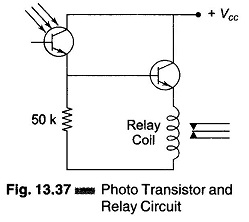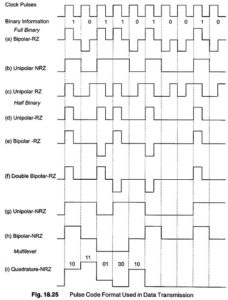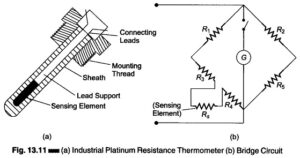Various Factors of Frequency Effect on Calibration:
The Various Factors of Frequency Effect on Calibration such as:
- Skin effect
- Non uniform distribution of current along the heater wires
- Spurious capacitive currents
1. Skin Effect:
The skin effect causes a higher reading at higher frequencies, especially if the heater wire is small. A low current instrument with a circular cross-section, used in vacuum, may have a skin effect error of less than 1% at frequencies up to 30,000 MHz. Ribbon heaters are often used for large currents, but they have larger skin effects. Solid wire, and better still hollow conductors are ideal with a view to minimizing from the skin effect.
Calibration done with dc or low frequency as such as 50 Hz for which the skin effect of the heater is not appreciable. Accuracy can be as high as 1% for frequencies up to 50 MHz. For this reason, thermocouple instruments are classified as RF instruments.
Above 50 MHz the skin effect forces the current to the outer surface of the conductor, increasing the effective resistance of the heating wire and reducing the instrument’s accuracy. For small currents of up to 3 A, the heating wire should be solid and very thin. Above 3 A the heating element should be hollow and tubular in design to reduce the skin effect.
2. Non–uniform Distribution of Current:
This occurs at frequencies where the heater length is of the order of a fraction of a wavelength (magnitude of one wavelength). The current distribution along the heater is not uniform and the meter indication is uncertain. Hence to avoid this the heater length and its associated leads should be less than 1/10th of a wavelength.
3. Spurious Capacitive Currents:
These occur when the thermocouple instrument is connected in such a manner that both terminals are at a potential above ground. As the frequency is increased, a large current flows through the capacitance formed by the thermocouple leads, with the meter acting as one electrode and the ground as the other. To avoid this, proper shielding of the instrument should be provided. The calibration of a thermocouple is reasonably permanent. When calibrating Contact and Mutual with dc, it is always necessary to reverse the polarity to take the average reading. This is because of the resistance drop in the heater at the contact may cause a small amount of dc-current to flow; reversing the calibrating current averages out this effect.






